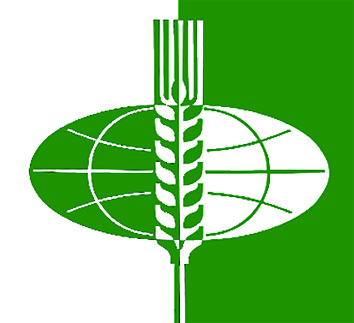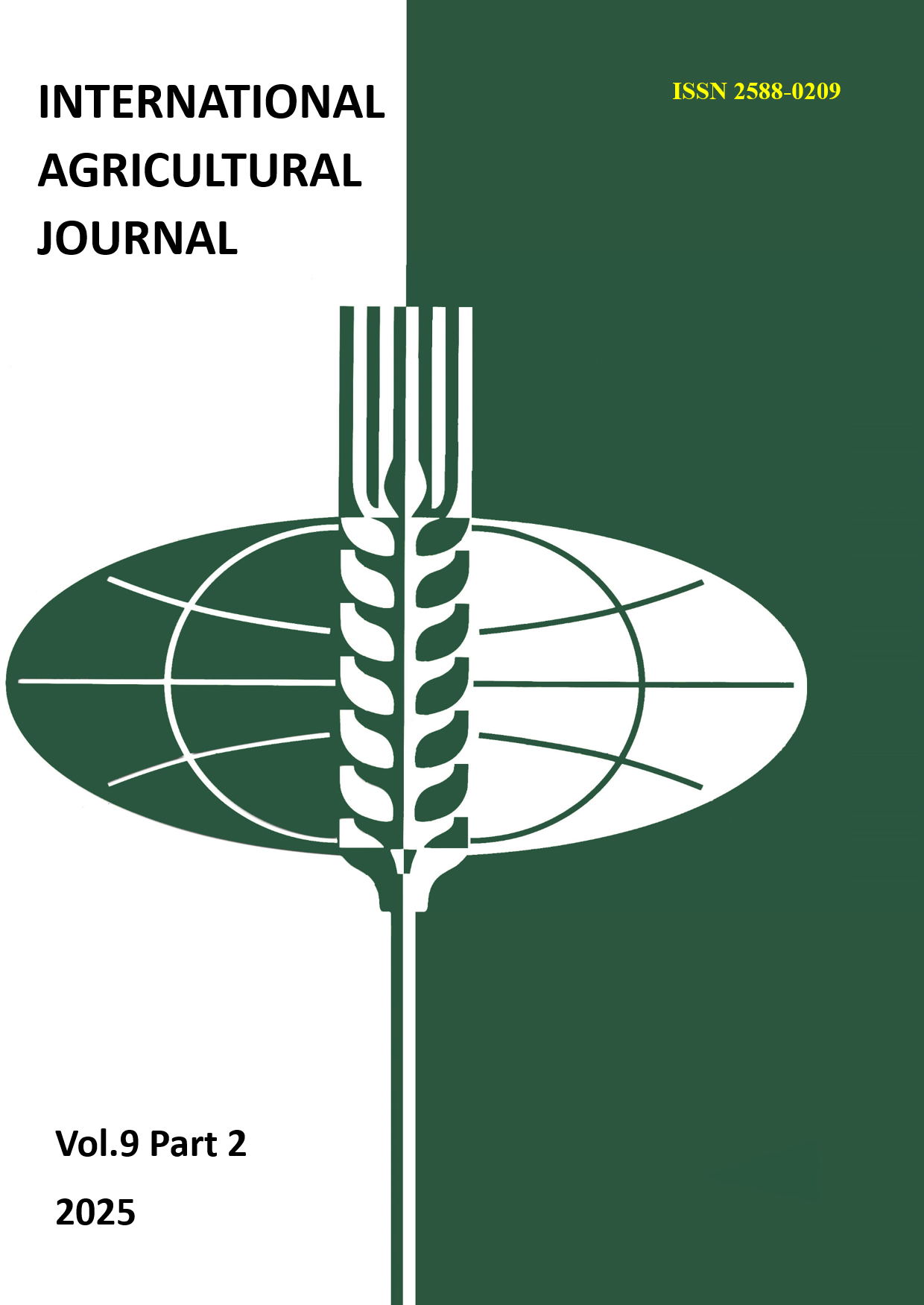Russian Federation
Russian Federation
Russian Federation
Russian Federation
The purpose of the article was to determine the main trends in changes in the number of livestock in various economic categories and identify the factors leading to a decrease or increase in the livestock population, as well as to propose a direction for optimizing the livestock industry. The study is based on a structural, comparative and factor analysis of the dynamics of the livestock population according to official statistics and industry reports. Additionally, expert opinions of scientists and practitioners of the agro-industrial complex are taken into account. A comprehensive approach to considering structural shifts is proposed, combining economic, organizational, technological and social factors. Attention is paid to the role of government programs, the impact of external challenges (sanctions, logistical restrictions) and promising digital solutions. It has been established that the reduction in the number of cattle and sheep is often due to uneven government support and price imbalances, while pig and poultry farming demonstrate growth due to investments in modern complexes and intensive technologies. The key drivers of development are identified: genetic programs, digitalization of processes and equipment upgrades. The findings can be used by government agencies in formulating livestock development strategies, by farms of all types of ownership to optimize production decisions, and in scientific research devoted to increasing the efficiency of the agro-industrial complex. Structural shifts in livestock numbers reflect the general evolution of the industry in the context of import substitution, export, and sanction restrictions. Comprehensive consideration of technological, economic, and social factors, increased cooperation, and the introduction of innovations can stabilize the number of individual livestock species and strengthen the competitiveness of domestic livestock farming.
pogolov'e, skot, svin'i, ovcy, korovy, dinamika, faktory














